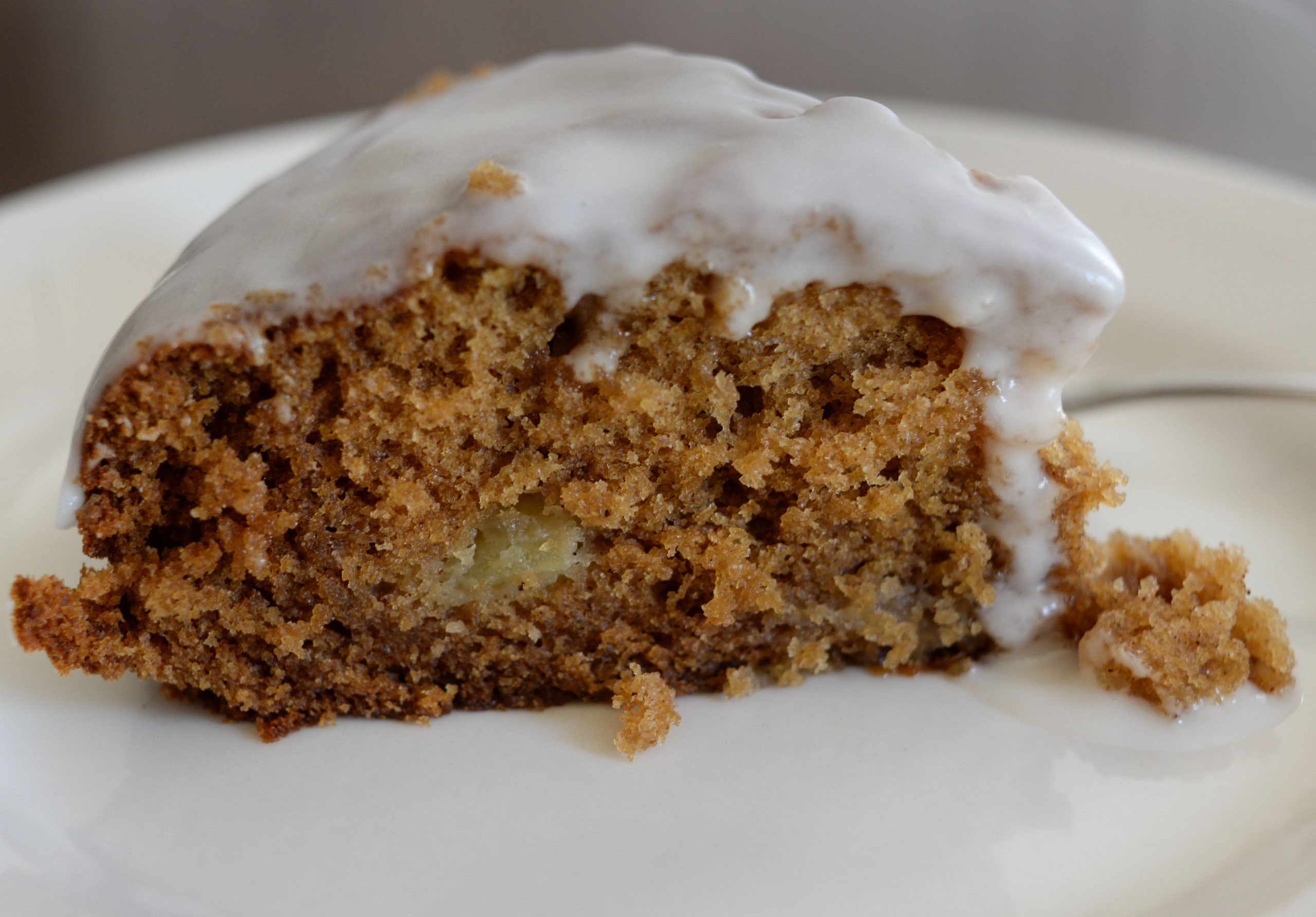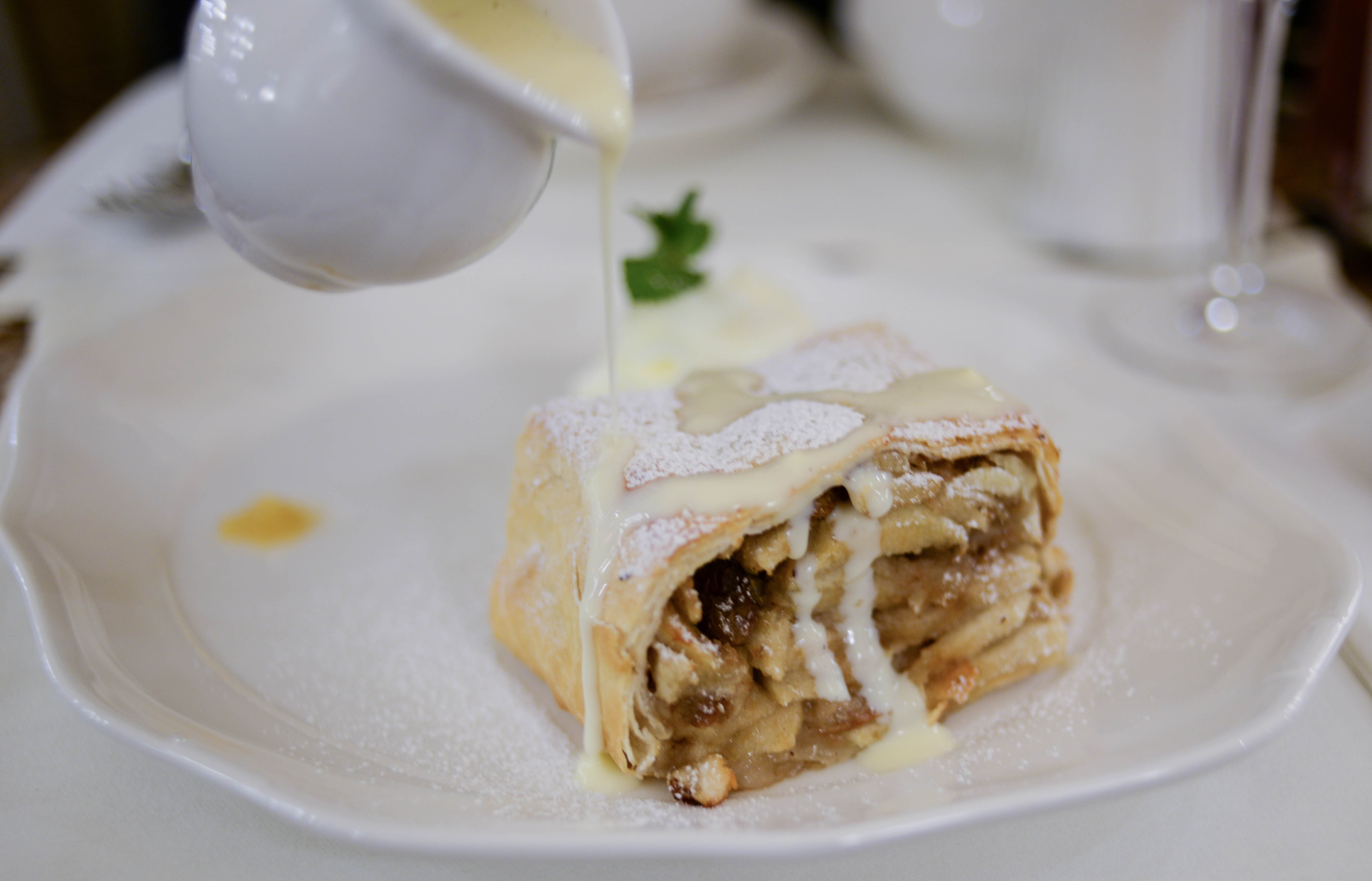Apple-Applesauce Cake
Apple-Applesauce Cake is one of those quintessential quarantine recipes. I had an extra Granny Smith apple, a jar of applesauce, carton of expiring eggs, butter and flour in my kitchen. Add to those ingredients too much free time in my schedule. So, I baked a moist and aromatic apple-applesauce cake. Since all of this spare time allows me to write and test recipes at a much greater pace, I’ll share this easy, tasty cake. Originally, I made the cake with only one apple. If you have two on hand, I would slip in the additional fruit. This result is an even more luscious dessert. As for the applesauce, I’d suggest unsweetened. Whether it’s smooth or chunky is your call. If you want a less sweet treat, something you could eat, guilt-free, at breakfast, omit the glaze on the cake. Apple-Applesauce Cake Serves 8 to 10 for the cake: 1 stick (8 tablespoons) unsalted butter, at room temperature 1 cup firmly packed light brown sugar 1 large egg, at room temperature 2 tablespoons plus 1 teaspoon …

